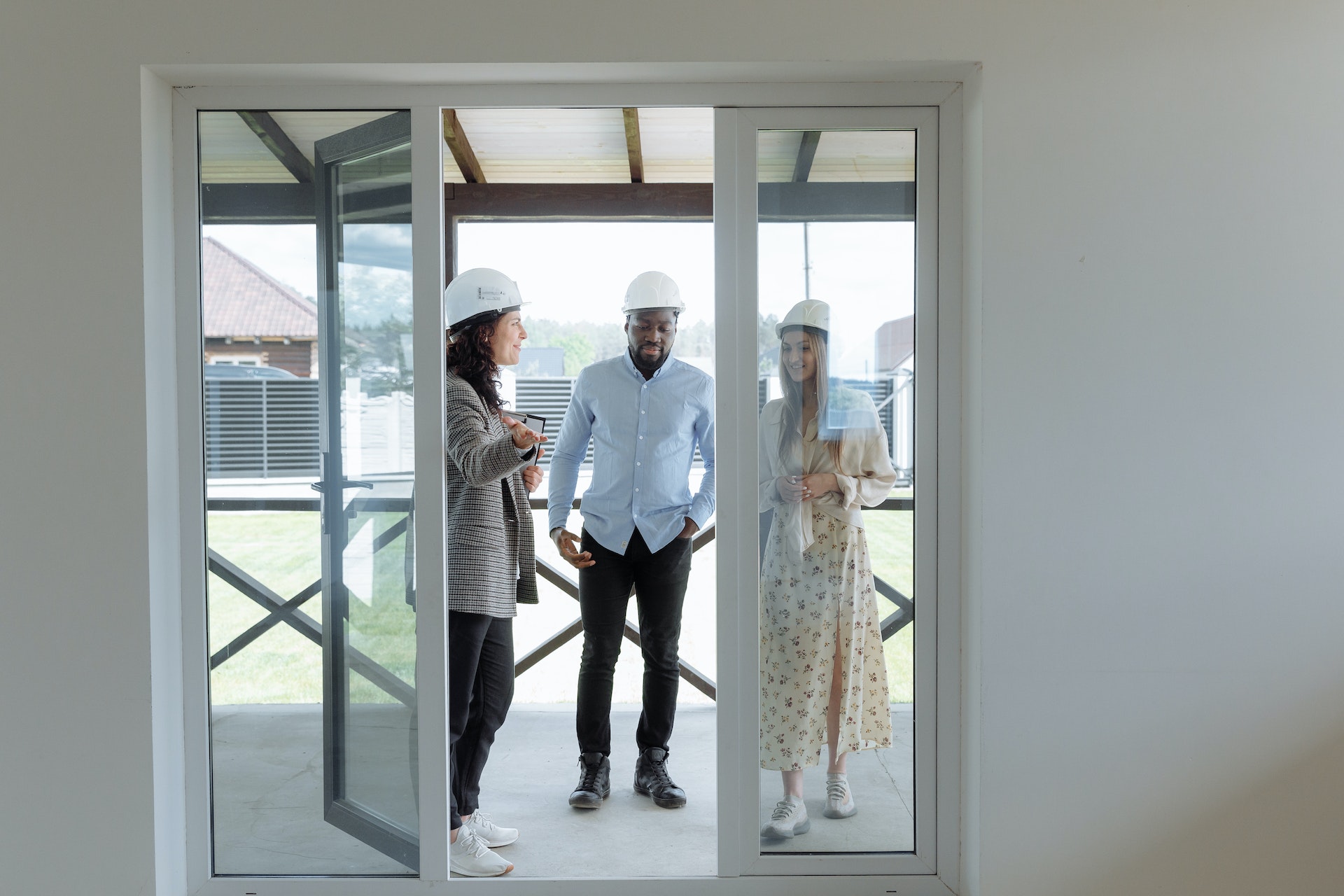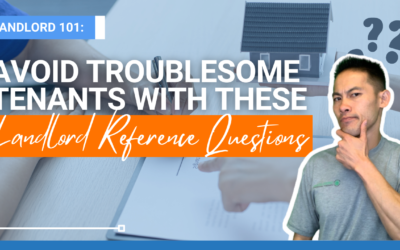A zero vacancy rate is not impossible. Today, we talk about how we maintain zero vacancies and how you can adapt these strategies to your own rental business.
Zero Vacancies are Possible
In my home state of Massachusetts, specifically in Boston, we have low to zero vacancy rates. So, my property management company can turn over a unit the next day.
To make things better, we can even turn the unit over on the same day that a previous tenant moves out. That means someone might move out at midnight, and I got to get a new tenant moving in at 6:00 a.m.
You are probably wondering how much work I can do in this time frame because certain tenants have some expectations, such as the walls and floors to be painted. In other states, I hear that they leave properties vacant for a month so they have time to do repairs and renovations.
But in Boston, we don’t have the benefit of having too much time between an outgoing and an incoming tenant.
So what do I do, how do I do it, and what should you do?
3 Ways to Maintain Zero Vacancies
Here are the strategies that have served us best in maintaining zero vacancy rates.
1. Conduct annual inspections
With annual inspections, we see what we can do to keep up the property during the year. Our team conducts a thorough walkthrough to ensure no issues can hinder a turnover. That way, we don’t have to worry about anything when it is time to turn over the unit.
Annual inspections also allow us to maintain the same high standards during off-peak seasons and address potential issues before they get out of hand.
2. Opt to end leases early
Every two to three years, we paint the entire place. But, of course, tenants are living in the unit. They might have things up against the walls, so doing a paint job might not always be possible.
So what we do is have leases end a couple of days early, especially for big units or major houses with three to six bedrooms. For example, leases typically end on August 31, but we would have them end on August 29.
That setup will give us two days to paint the unit. It’s not a lot of time to paint or do some floors. So we also line up our vendors to try to knock that out.
3. Negotiate delayed move-ins
If ending the lease early doesn’t work out, we will try to see if we can work with the incoming residents to do a delayed move-in.
By delaying their move-in date, we might be able to work with them to get their floors done or do it room by room. It’s a lot of work, but at the end of the day, it’s important.
Bigger bedrooms and apartments will get beat up. And you don’t want these properties looking bad throughout the year because it will lower their value. The tenants aren’t gonna take care of it, and, long story short, no one’s going to want to rent it in the future.
So you have to do everything you can to keep up the value of your property. And remember, typically, as with any other business, the money you spend on it is a write-off. So it’s actually very beneficial for you to spend the money to improve your property and keep that value up.
The Landlord Tutor Promise
To know more about zero vacancies and how to do a turnover with ongoing property improvements, join the Landlord Tutor community and sign up here.






